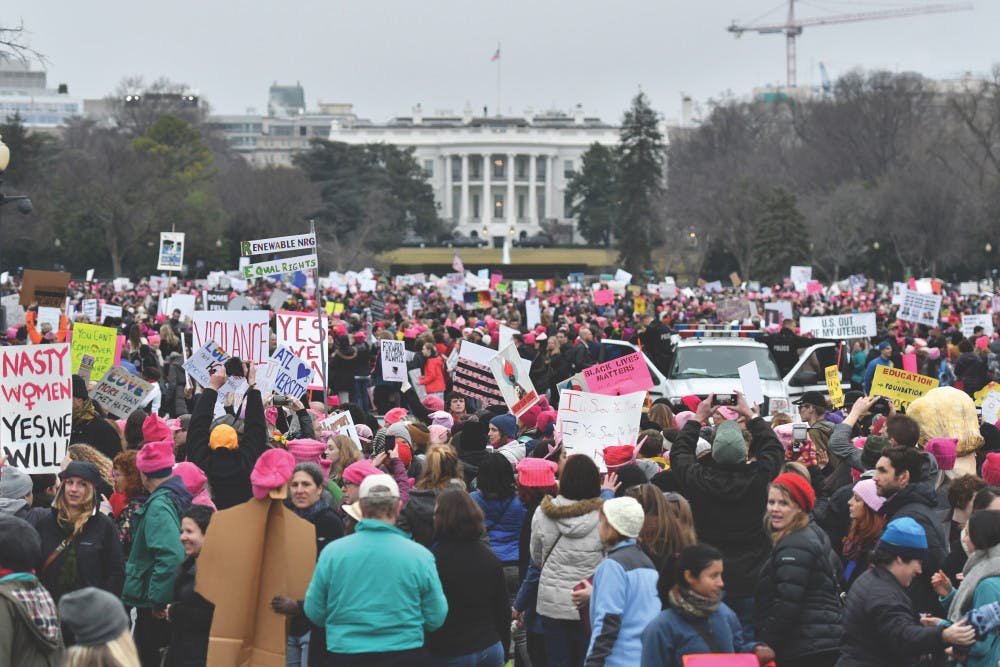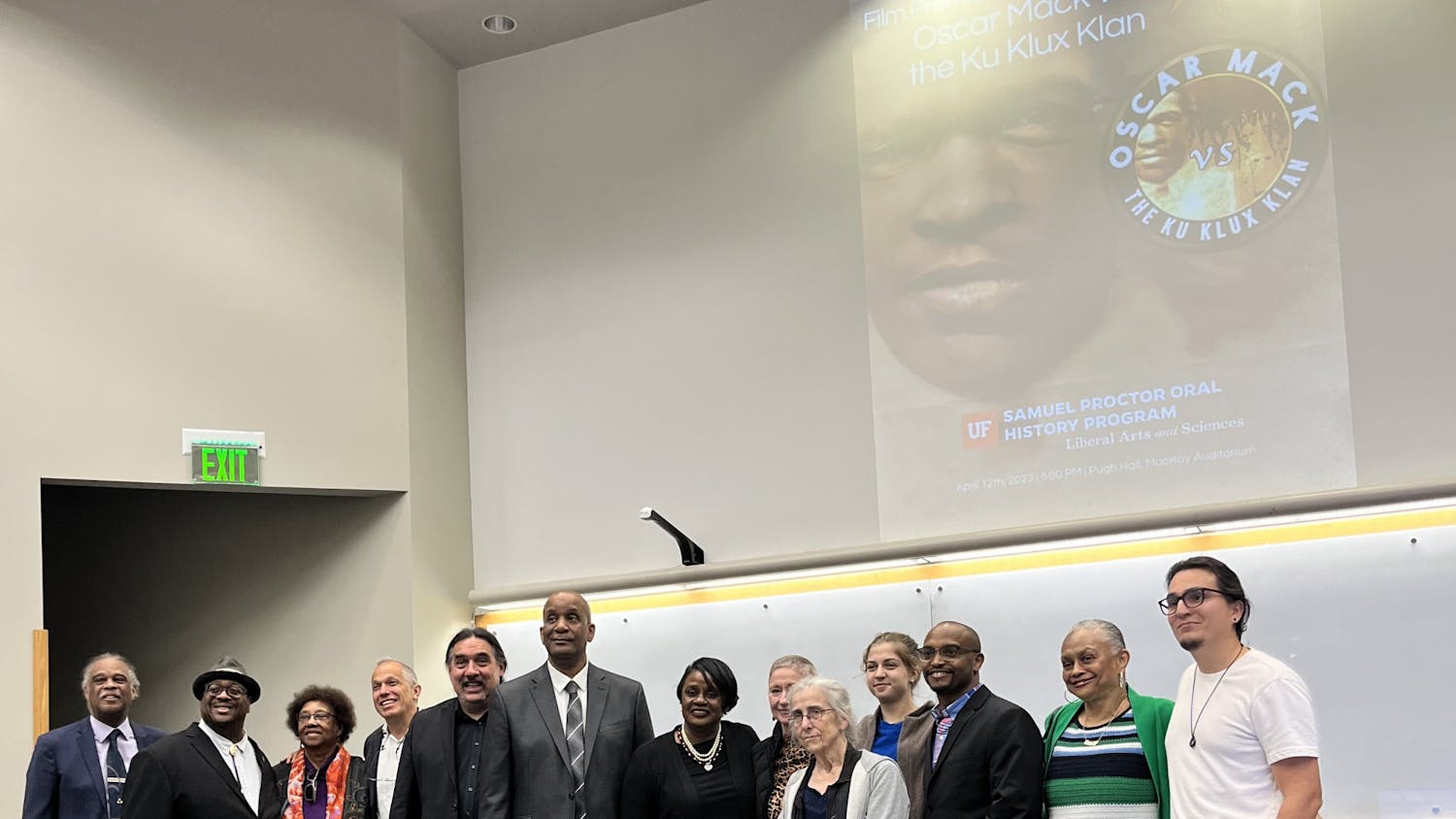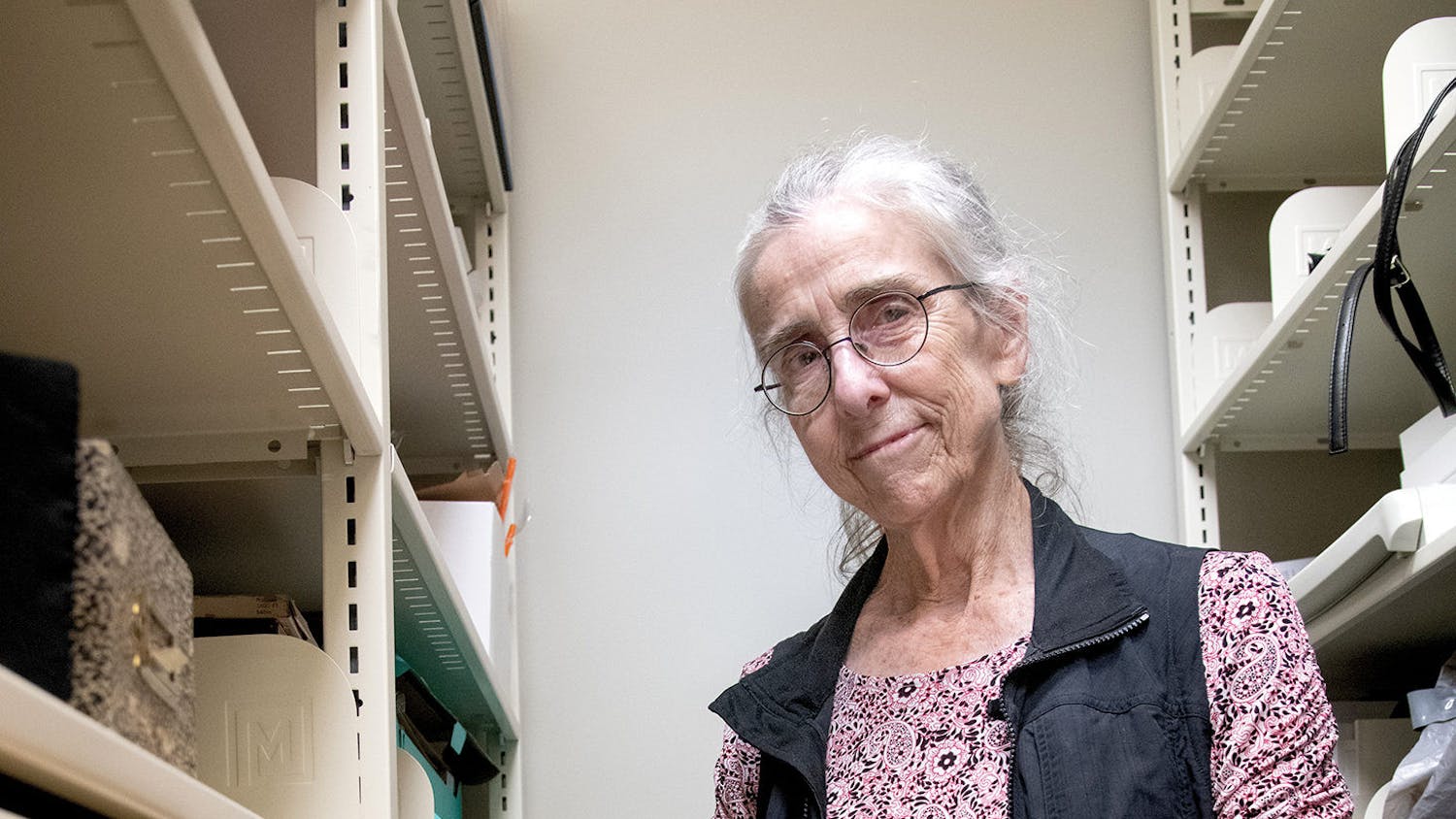Oral histories about the Women’s March on Washington, collected by UF students, will soon be available to the public.
A digital collection run by the UF libraries will include about 650 oral histories as part of a national program called Women’s March on Washington Oral History Collection. UF students organizaed by the UF Center for Gender, Sexualities and Women’s Studies Research and the Samuel Proctor Oral History Program collected 150 of those oral histories during the women’s march and presidential inauguration in January.
On Jan. 18, a group of 17 students traveled to Washington, D.C., with Holland Hall, a research coordinator for the program, to document the women’s march. The group gathered content, which will be used for the Women’s March on Washington Archives Project.
“I jumped in the moment it happened,” Hall said. “Being there and feeling the energy was so incredible.”
Hall says the department of history will offer a research internship to a student learning more about the march.
“We want people to look at the march as an amazing movement,” she said. “I thought it
was incredible for so many people to stand up for human rights. This has been so inspiring.”
Margaret Clarke, a UF history junior, went with Hall to record the women’s march. She said it was an amazing experience to be a part of the history being made.
“The people we interviewed were so inspiring,” the 20-year-old said. “Everyone I met had such a spirit of community.”
Paul Ortiz, the director of the program, raised the money to pay for the students’ travels. He said the oral histories are being kept in different formats, including video and audio interviews and photographs of the people who were interviewed and the scene around them.
“We had a cohort of journalism students,” he said. “They had experiences taking photographs.”
Katrina Vandeven, 24, a masters student at the University of Denver, is the co-founder and co-administrator of the Women’s March on Washington Archives Project. She said collaborating with UF was a thoughtful decision.
“We want all this content to be in one space so that it is fully curated and accessible,” Vandeven said. “It is extremely rewarding. We are really contributing to something for women’s history.”
This article has been updated to reflect that the students were organized by the UF Center for Gender, Sexualities and Women’s Studies Research and the Samuel Proctor Oral History Program.
Thousands gather on the Ellipse near the back lawn of the White House at the conclusion of the Women’s March on Washington. Many of the marchers placed their posters along a few small fences to create “walls” near the White House.






